The second half of my quarantine was a lot like my first: paperwork, emails, and language practice. For a little added comfort, I cooked Risi e Bisi, an Italian soup that I’ve loved since my great grandma made it for me as a little girl. My week was also brightened by calls to my mom, dad, grandma, and friends, as well as virtual yoga and games with fellow Fulbrighters located in Germany.
After my quarantine ended, I ventured out to explore the neighborhood and make grocery store trips. Saturday’s exploration included a walk to the Ostfriedhof, Munich’s Eastern Cemetery. Apparently other Germans had a similar idea, as I was not the only one on a casual stroll through the beautiful and peaceful scenery. Most of you already know that my Undergraduate Architectural Thesis project was the design of a funeral complex, so I take particular interest in cemetery and crematoria planning. I paused my walk to sketch a particularly beautiful family monument that caught my eye. After the walk I made the switch to my German SIM card and phone number, so I could feel some relief as I crossed another “to do” off my list.
Sunday was also calm, as I was mainly preparing to move into my dorm the following day, but in the morning I went to Mass at Heilig-Kreuz-Kirche (Holy Cross Church) in the Giesing neighborhood of Munich. I was impressed with their covid protocols and tried my best to keep up with Mass in German. The church itself was quite beautiful both inside and out. Considered the last completely preserved neo-Gothic church in Munich, the original stained glass is the only element that was unable to withstand damage during WWII. In 2016 the church commissioned artist Christoph Brech to create new stained glass imagery. Taking inspiration from the Gothic forms inside the church, the cross, and the human dimension which gives the church life, Brech chose to depict over 1,000 X-rays of the chest, notably focusing on the lungs. Some of the X-rays included are those of the artist, the priest, and some of the parishioners. From afar the powder blue forms appear like angel wings but upon closer examination one can identify the breath of life.
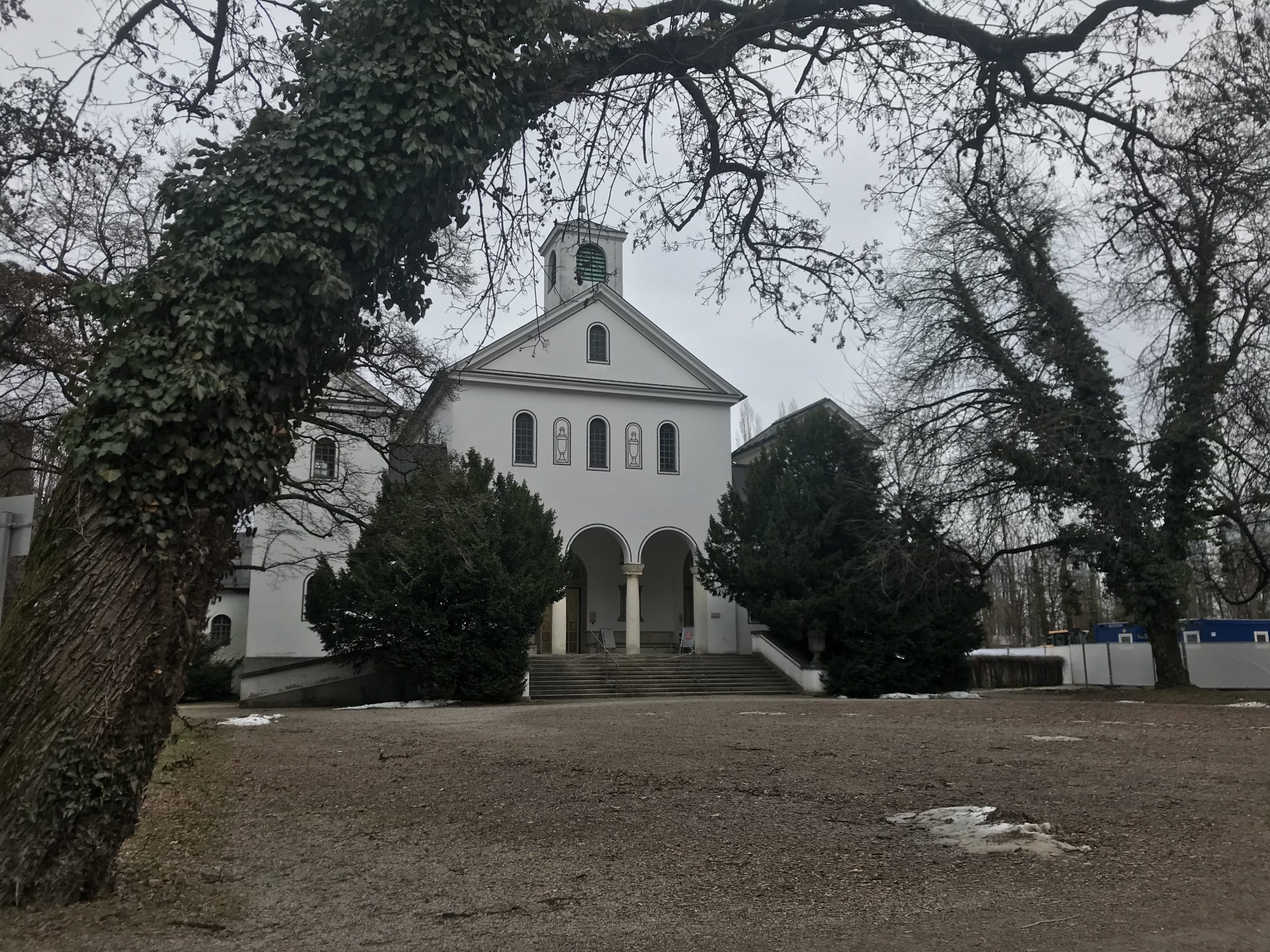









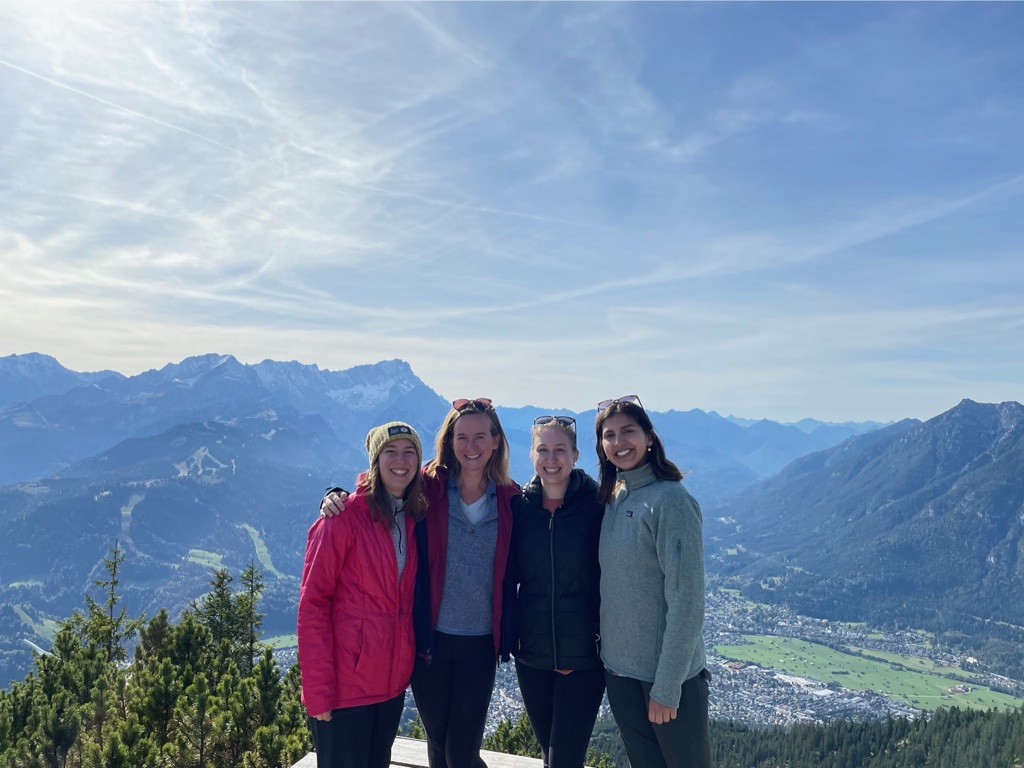
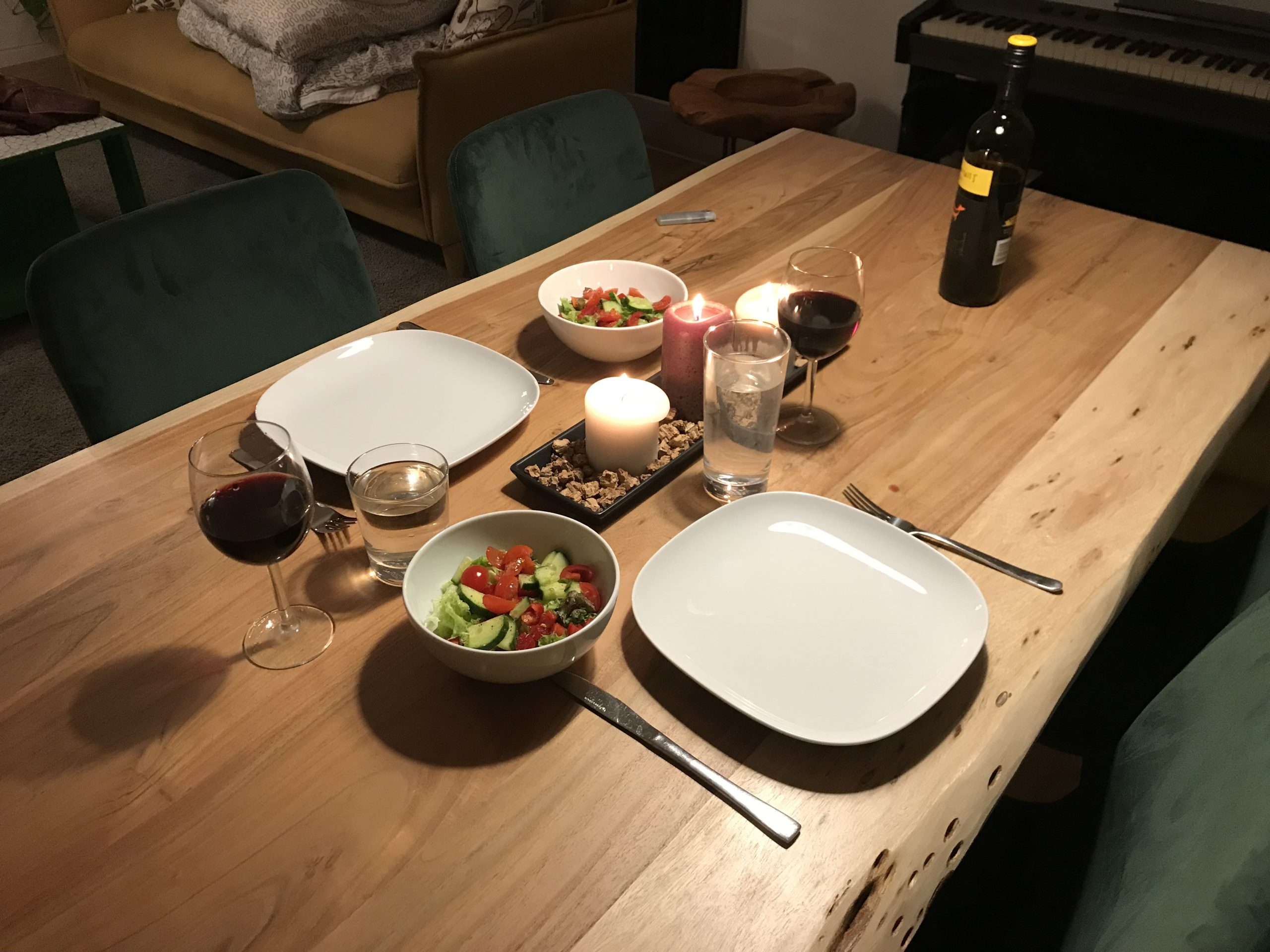
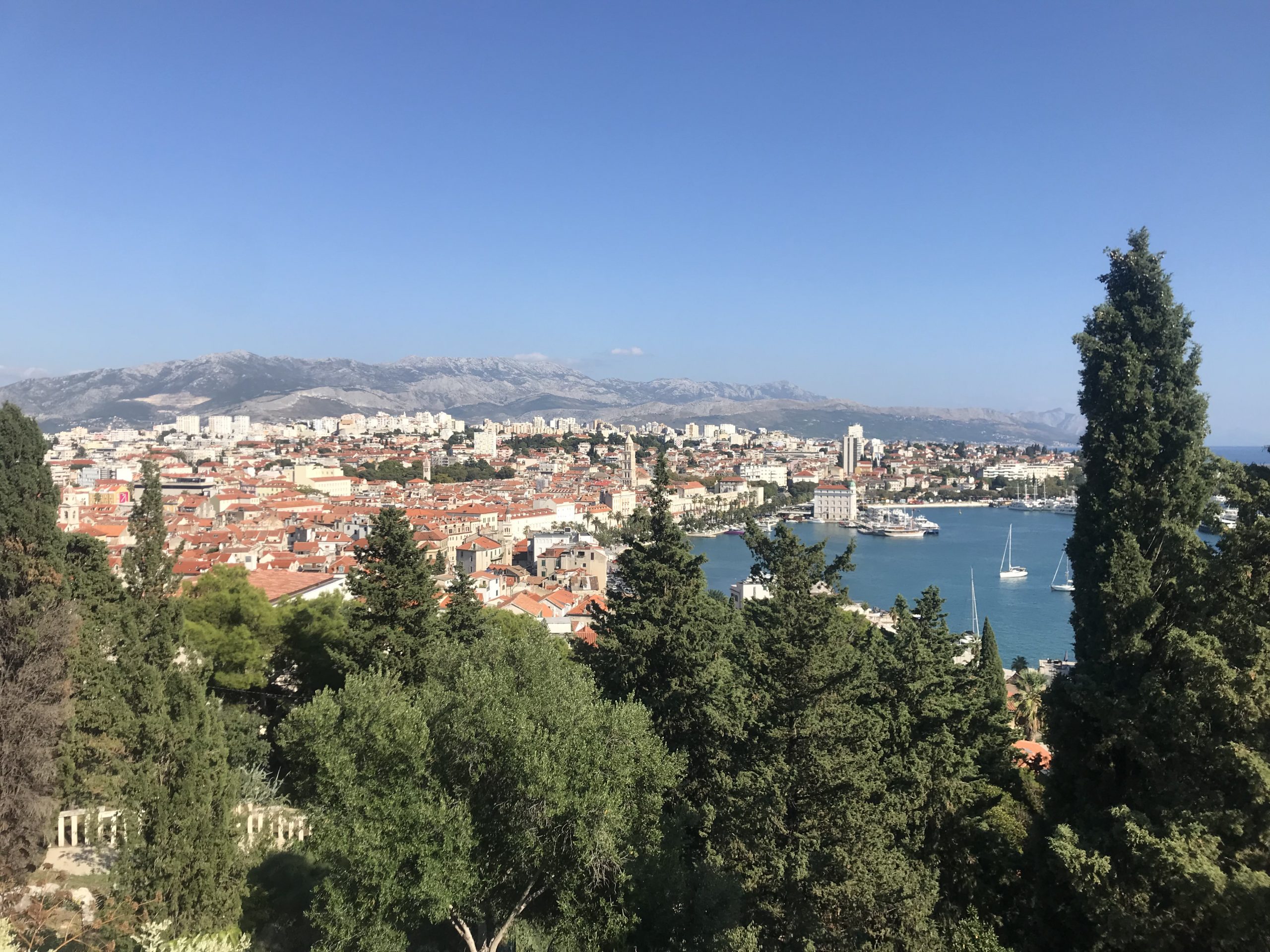

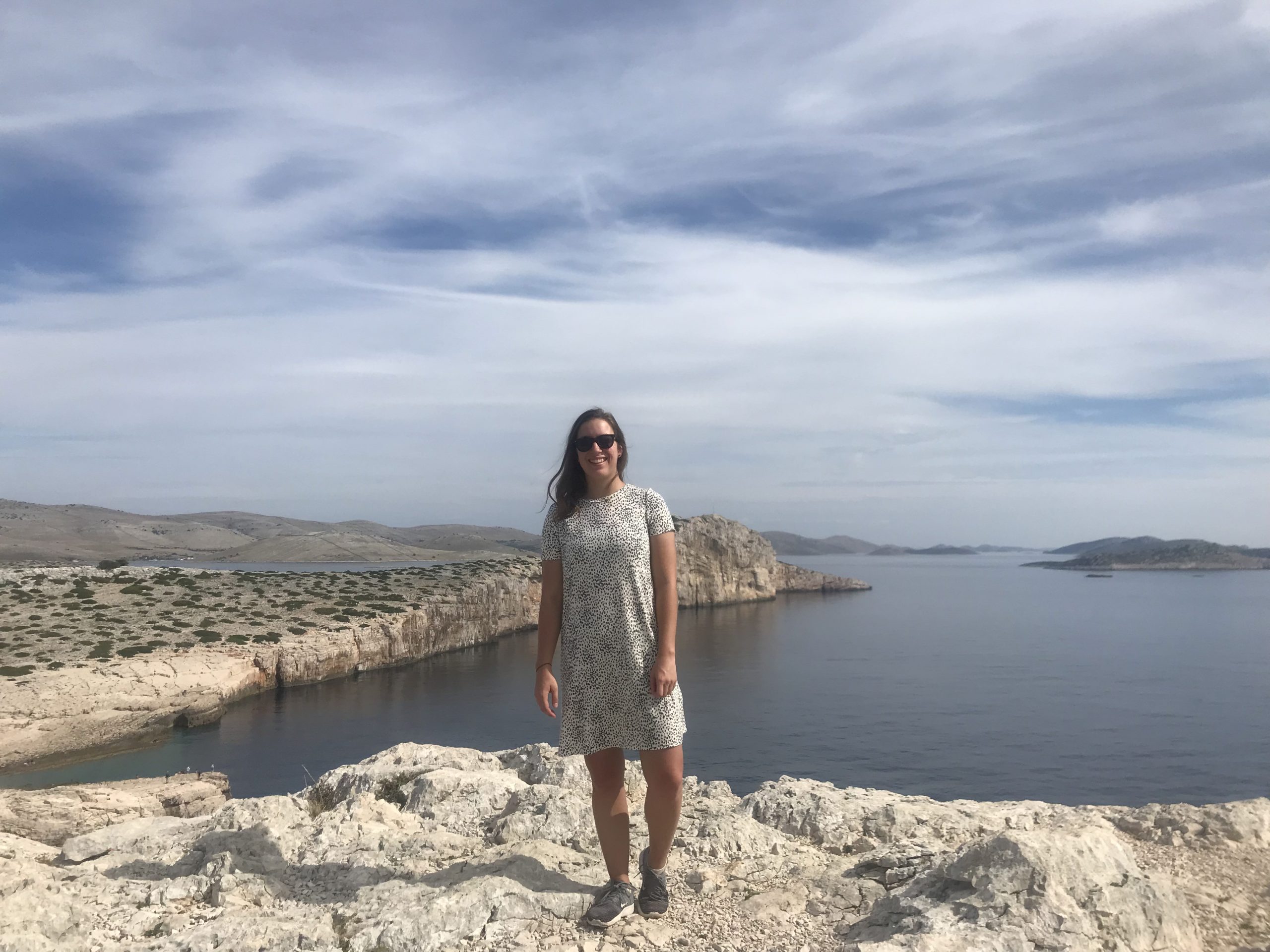
Leave A Comment